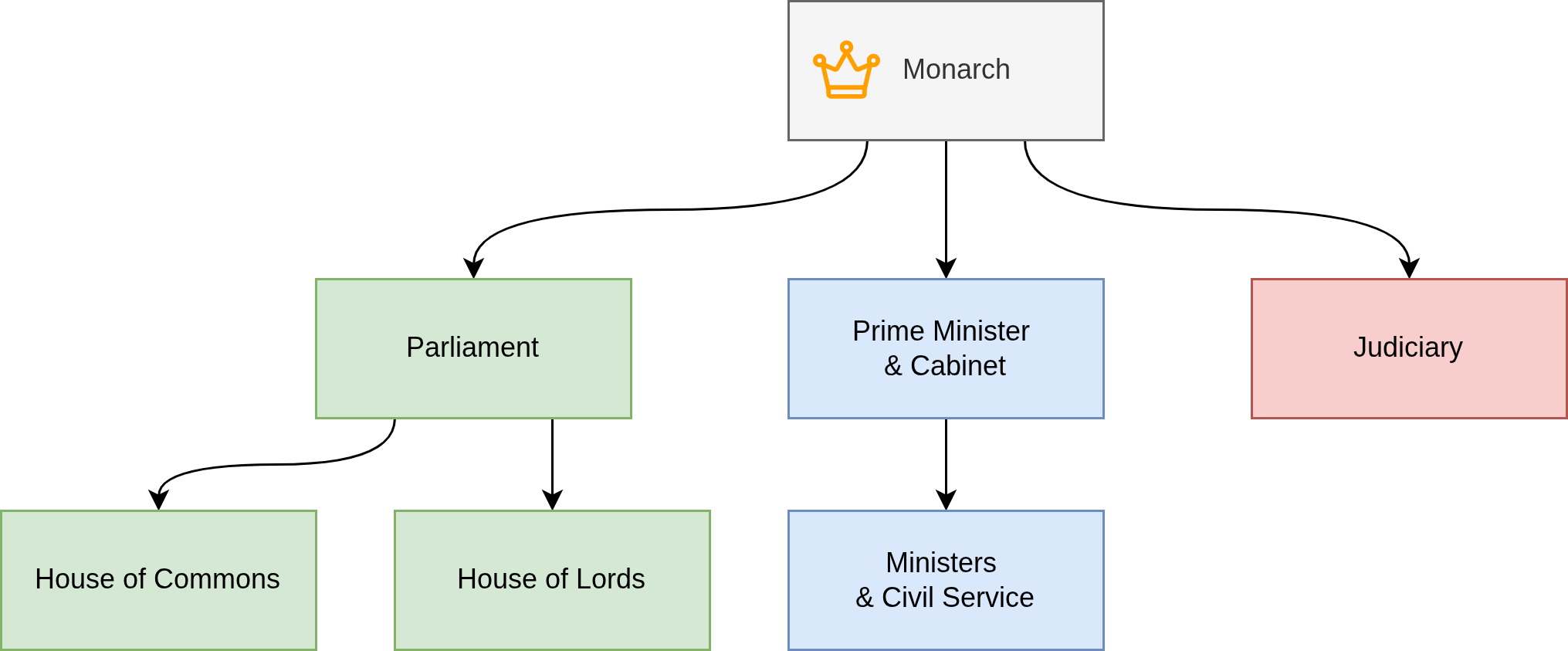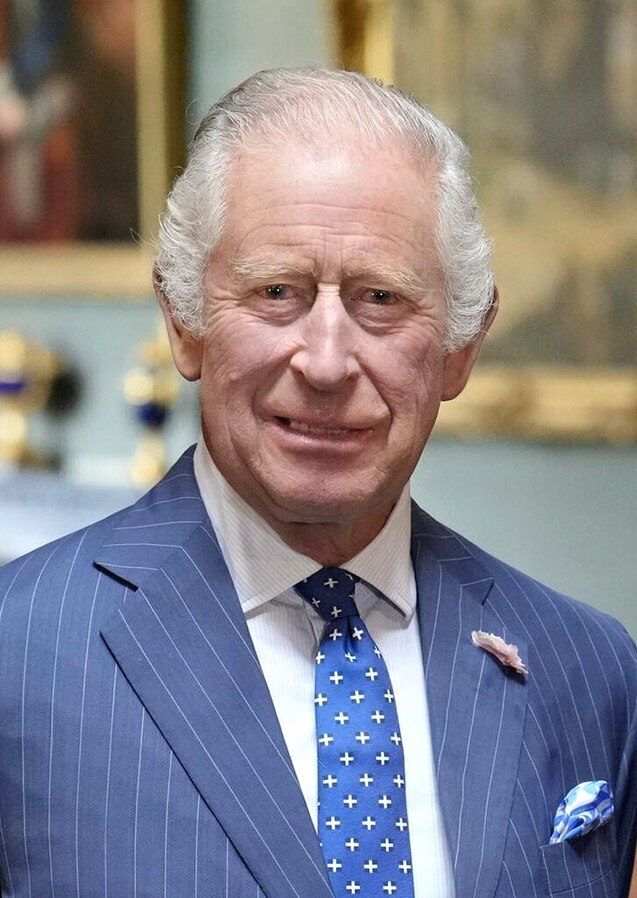British Democracy and the Monarchy
How British democracy developed, how the UK constitution works, the structure of government, and the role of the monarchy and the King in modern Britain.
The Development of British Democracy
Democracy means that all adults have a say in how their country is run. This can happen through direct voting or by choosing representatives to make decisions on their behalf.

Britain in the 19th Century
At the start of the 19th century, Britain was not a democracy like it is today. Elections existed, but only a small number of people could vote — men over 21 who owned property.
Over the 19th century, the franchise (the right to vote) slowly grew. Political parties began to include ordinary men and women as members.
The Chartists
In the 1830s and 1840s, a group called the Chartists campaigned for change. They wanted six major reforms:
- Every man to have the vote
- Annual elections
- Equal representation across all regions
- Secret ballots
- Any man to stand as an MP
- MPs to be paid
At first, the movement seemed to fail. However, by 1918, most of their demands became law.
That same year, women over 30 gained the right to vote. In 1928, voting rights were extended to men and women over 21. Later, in 1969, the voting age was lowered to 18.
The British Constitution
A constitution is a set of rules for how a country is governed. It describes how power is shared and controlled.
The British constitution is unique because it is not written in a single document — it is called an “unwritten constitution.”
This is because the UK never had a major revolution like in America or France. Instead, its institutions developed over many centuries.
Some people believe there should be one written constitution, but others prefer the flexibility of the current system.
Constitutional Institutions
The UK government is made up of several key parts:
- The Monarchy
- Parliament (House of Commons and House of Lords)
- The Prime Minister
- The Cabinet
- The Judiciary (courts)
- The Police
- The Civil Service
- Local Government
There are also devolved governments in Scotland, Wales, and Northern Ireland, which can make laws on certain local issues.

The Monarchy
King Charles III is the Head of State of the UK. He is also the monarch for many Commonwealth countries.
The UK has a constitutional monarchy. This means the King does not rule directly. Instead, he appoints a Prime Minister — the leader of the party with the most MPs (or a coalition of parties).
The King meets the Prime Minister regularly. He can advise, warn, and encourage, but the government and cabinet make the final decisions.
King Charles III became monarch after his mother’s death in September 2022. He is married to Queen Camilla, and his eldest son, Prince William (the Prince of Wales), is the heir to the throne.
The King’s Roles
The King has many important ceremonial duties, such as opening the new session of Parliament each year. During this event, he gives a speech outlining the government’s plans.
All Acts of Parliament are made in his name.
He also represents the UK around the world — meeting foreign leaders, receiving ambassadors, and visiting other countries to strengthen diplomatic and economic ties.
The King provides stability and continuity. Governments and Prime Ministers may change, but the King remains as a symbol of national identity and pride.

The National Anthem
The National Anthem of the UK is “God Save the King.”
It is played at major national events and when the Royal Family is present.
First Verse:
God save our gracious King!
Long live our noble King!
God save the King!
Send him victorious,
Happy and glorious,
Long to reign over us,
God save the King!
Citizenship Oaths
New citizens promise loyalty to the King during the citizenship ceremony.
Oath of Allegiance
“I (name) swear by Almighty God that on becoming a British citizen, I will be faithful and bear true allegiance to His Majesty King Charles the Third, his Heirs and Successors, according to law.”Affirmation of Allegiance
“I (name) do solemnly, sincerely and truly declare and affirm that on becoming a British citizen, I will be faithful and bear true allegiance to His Majesty King Charles the Third, his Heirs and Successors, according to law.”Key Points
- Democracy means all adults can vote directly or through representatives.
- Early 19th-century Britain had limited voting rights (men over 21 with property).
- The Chartists campaigned for democratic reforms in the 1830s–1840s.
- Most Chartist aims were achieved by 1918.
- Voting rights expanded to women in 1918 and 1928; age lowered to 18 in 1969.
- The UK has an unwritten constitution based on laws and traditions.
- Main constitutional institutions: monarchy, Parliament, PM, cabinet, judiciary, police, civil service, local government.
- Devolved governments exist in Scotland, Wales, and Northern Ireland.
- The UK is a constitutional monarchy with King Charles III as Head of State.
- The King’s role is ceremonial, diplomatic, and symbolic.
- The National Anthem is “God Save the King.”
- New citizens pledge loyalty to the King in an oath or affirmation.